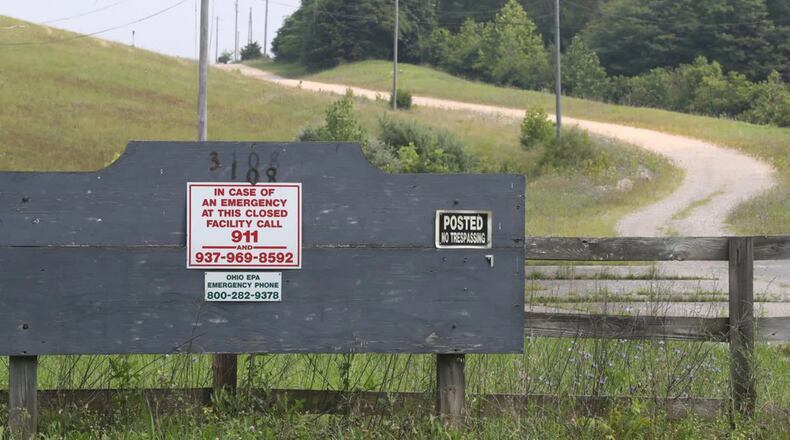The U.S. Environmental Protection Agency, U.S. Department of Justice and seven companies responsible for the waste at the site are expected to sign the decree, which is due for submission by April 6 to the DOJ before it is submitted to the U.S. District Court for the Southern District of Ohio for final approval, according to a release from the city of Springfield.
“Having this consent decree in place is an essential and significant stage in our community’s effort to resolve the Barrel Fill issue and safeguard our water,” said Springfield City Commissioner David Estrop. “While there is more work ahead of us, I commend the People for Safe Water, community leaders and the key players in the consent decree for their efforts in bringing us to this vital next step. We did it!”
Industrial waste barrels full of toxic chemicals were dumped in an 8.5-acre portion of the closed landfill at 3108 Snyder Domer Road in German Twp., about 1.5 miles west of Tremont City and 3.5 miles northwest of Springfield. Approximately 51,500 drums and about 300,000 gallons of industrial liquid waste were disposed of in waste cells between 1976 and 1979 at the site, which threatens a nearby aquifer that provides drinking water to tens of thousands of area residents.
The consent agreement will allow the cleanup process to move forward as well as the development of more detailed cleanup plans to remove liquid toxic waste and to rebury remaining solid toxic waste in a double-lined pit. That location would then be capped and nearby groundwater would be monitored to detect any leaks.
The chemical waste has not contaminated the source of local drinking water, but there is concern if not removed, it could seep into the water supply with detrimental consequences.
About the Author

